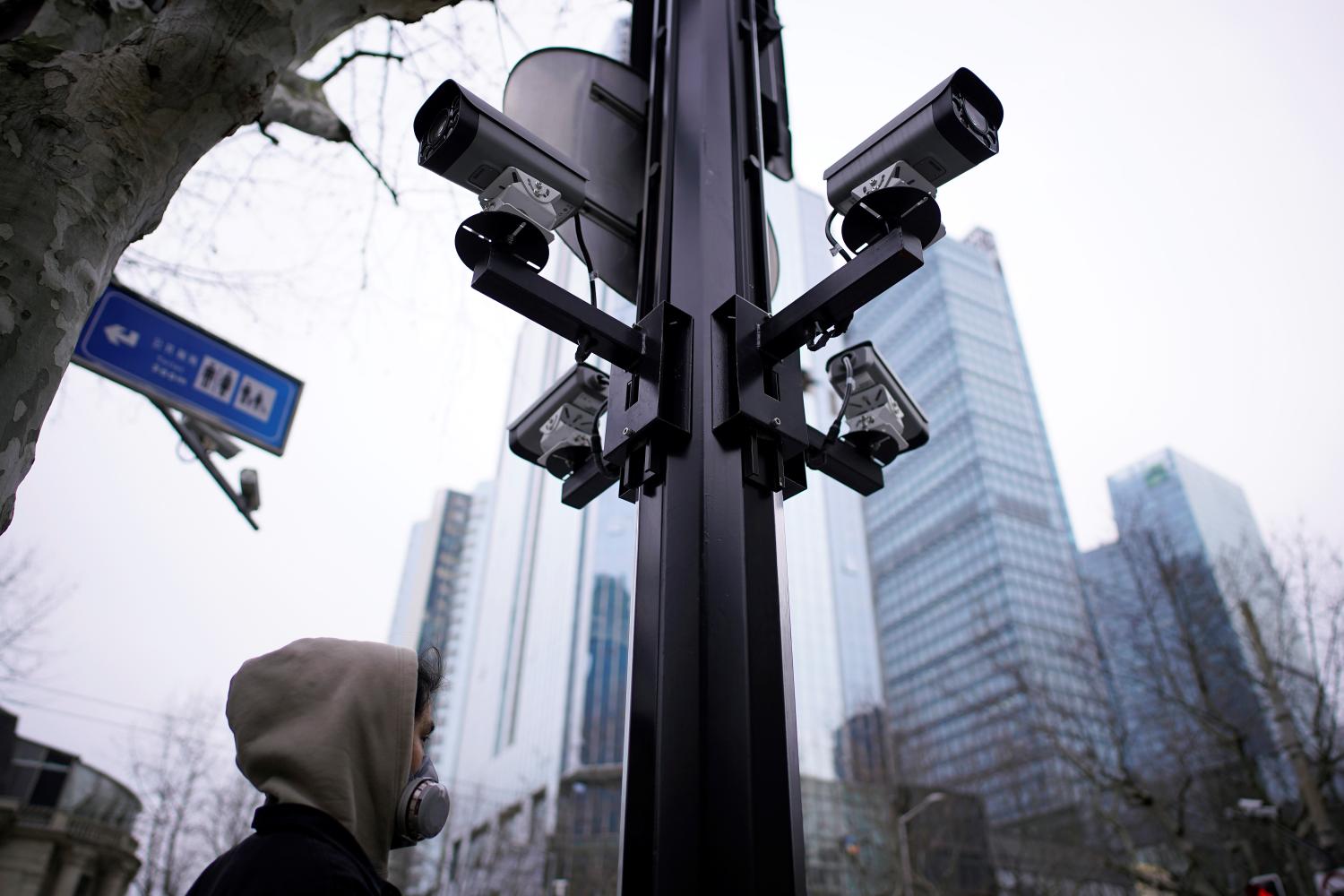Executive summary
Countries and cities worldwide now employ public security and surveillance technology platforms from the People’s Republic of China (PRC). The drivers of this trend are complex, stemming from expansion of China’s geopolitical interests, increasing market power of its technology companies, and conditions in recipient states that make Chinese technology an attractive choice despite security and privacy concerns. Both “push” and “pull” factors contribute to growing use of Chinese surveillance technology: countries that are strategically important to the PRC are comparatively more likely to adopt it, but so are countries with high crime rates.
Major questions remain about the implications and advantages that China could derive from these developments, including how dominance in this sector and access to data could shape the contours of strategic competition between China and the United States. Questions also remain about what impact these technologies will have on data privacy/security, human rights, and democracy. There is relatively little correlation between the level of democracy in a country and the likelihood that it will adopt Chinese surveillance technology, but we do not yet know whether introduction of that technology will somehow subsequently corrode democratic institutions or civil liberties. While leaders in adopting countries share some concerns about data security, civil liberties, and democracy, many of them also focus on these platforms’ potential to solve urgent public problems, such as violent crime. Understanding the impacts of these technologies will be important for crafting effective policy.
This evidence also suggests that a one-size-fits-all message from U.S. policymakers about the risks of Chinese technology needs to be differentiated and adapted to each country in which such concerns are raised. These messages need to be paired with a nuanced understanding of the priorities and incentives of the officials making adoption decisions — often subnational officials rather than foreign policy or national security experts. Finally, the U.S. must address Chinese technology companies’ ongoing efforts to shape the global regulatory environment; to do so, policymakers will need to articulate and execute a comprehensive strategy to promulgate standards compatible with American values and interests.





